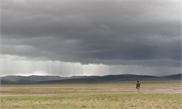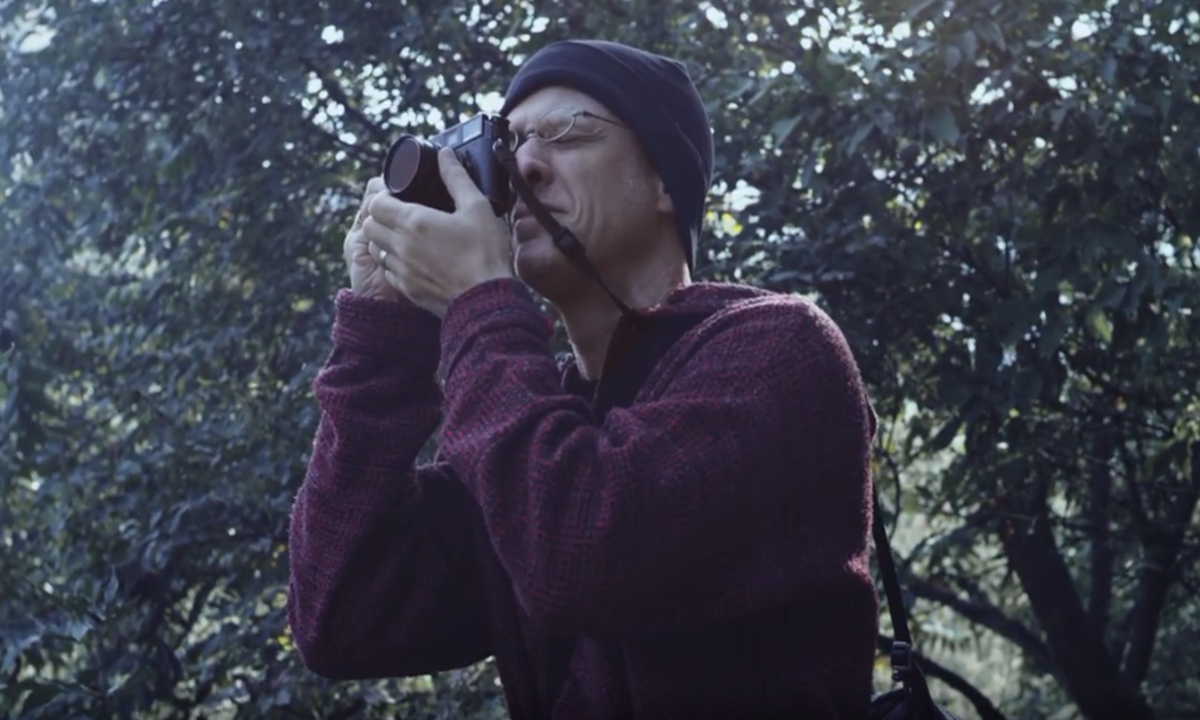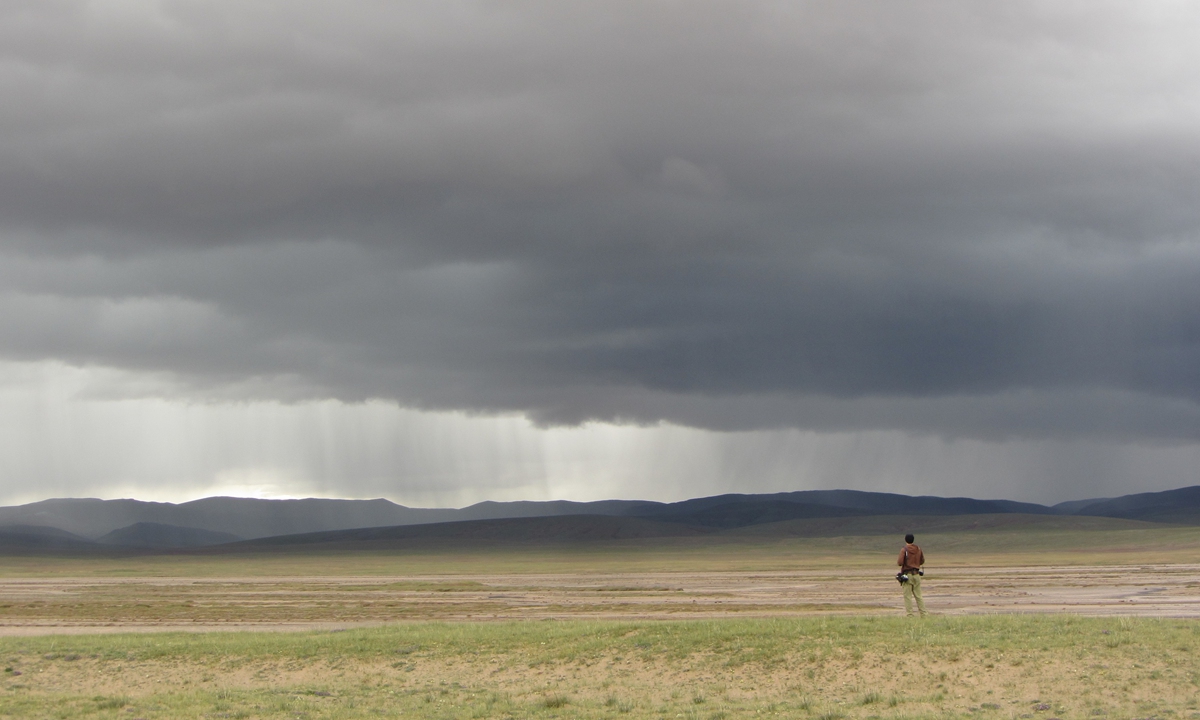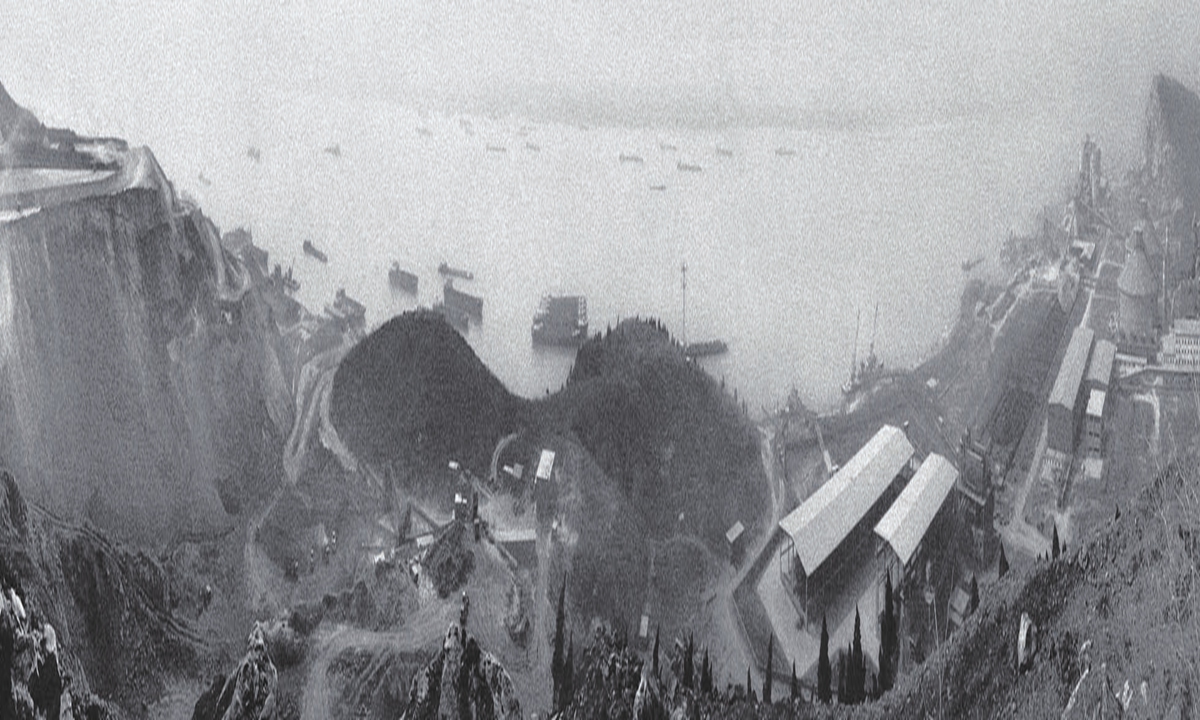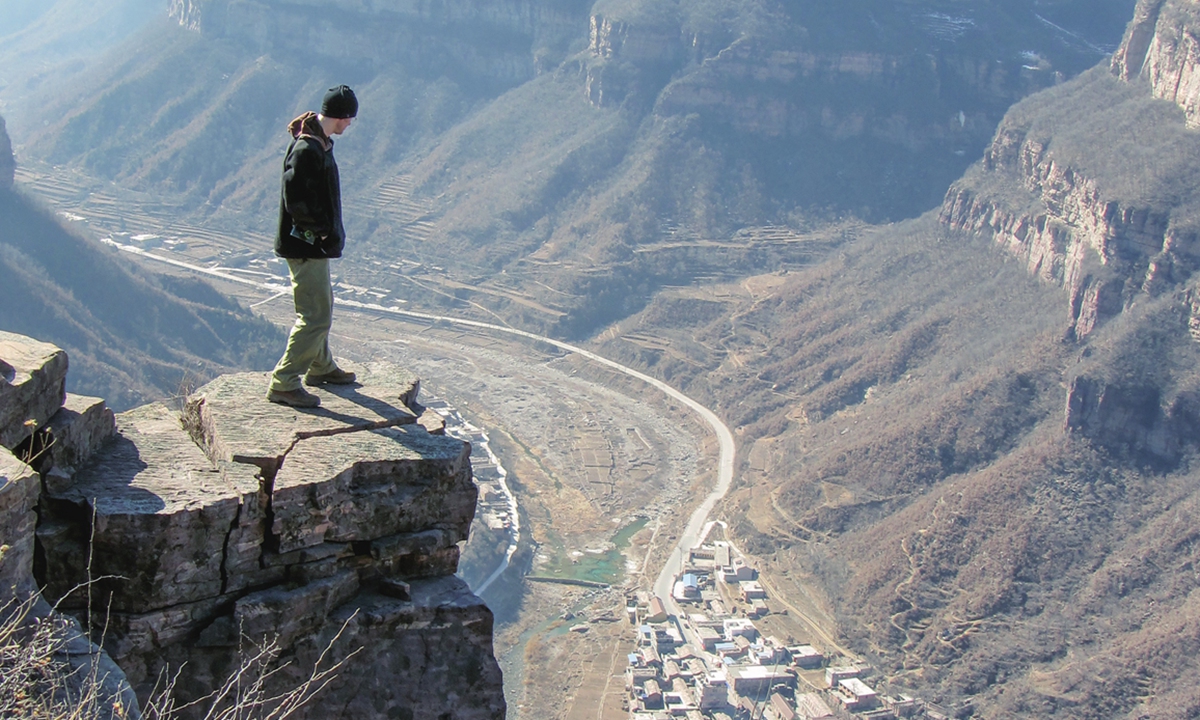[ad_1]
Ansel Adams very rightly said, “Photography is an austere and blazing poetry of the real.” Pressing the shutter of the camera isn’t simply photography. What photographers bring to the table is mystifying and enigmatic. Their eyes catch what others might not. A blue ocean means different things to different people. A photographer will freeze that moment through their camera in different ways than one. Maybe, that is the art of living and of understanding. In this light, we present some passionate photographers of India and their comprehensive collection, narrating a plethora of stories and making memories alive.
Raghu Rai
Photographer Raghu Rai started snapshotting the corners of life at the age of 23, in 1965. Sensitive to the hustle bustle of life around, the simplicity in the moments, and the socio-political causes, Raghu Rai has photographed some of the most monumental images and pictures ever. He is a recipient of the Padmashree, awarded for his sincere work on the Bangladeshi refugees, the war and its surrender. His photography covers all opposites, be it his body of work on the tragedy of Bhopal or capturing the colourful liveliness of the city of Varanasi.
Dayanita Singh
Dayanita Singh describes herself as a ‘bookmaker who works with photography.’ She is famous for her portraits of the urban elites and the middle class. Singh uses sequences of photographs to narrate stories and poetic possibilities behind each photography. Primarily working with black and white portraits, however, recently Dayanita Singh has been adding colours to her photography, to understand spaces in different hues and shadows.
Pablo Bartholomew
Born in New Delhi, Pablo Bartholomew first started photography at the age of sixteen after learning the basics of photography from his father. He has been interested in stories of the people, and through his keen eye and camera, he has relentlessly brought extensive exhibitions. One of his exhibitions, ‘The Nagas’, is a classic example of his brilliancy. Journeying in and around remote villages and uphills, Pablo photographed some crucial elements of the Nagas cultures, some which you might not find today.
Sooni Taraporevala
Sooni Taraporevala is an internationally acclaimed screenwriter and filmmaker. She has written screenplays for well reputed studios—Disney, Warner Brothers, HBO, Universal, etc. Based in Mumbai, Sooni started her career as a still photographer. Over the years, she has showcased multiple photo exhibitions. One of her most renowned photograph exhibitions has been on Parsis, titled, ‘Parsis: the Zoroastrians of India–A Photographic Journey’ The work is a result of almost 20 years, which gives us a deep glimpse into the lives of the Zoroastrian community in India. Sooni Taraporevala’s trained eyes have offered us a documentary on the Parsi community through her sequences of her photographs.
Bharath Ramamruthan
Bharath Ramamruthan is India’s leading architectural, interior and travel photographer. He commenced his professional photography in 1988 and since then has delivered prolific work on India and its stupefying architecture. His eagle-eyes are sensitive to not only the structures of the architect but also its space, soul, spirit, shadows and hues. His architectural training has given him more insight into capturing the fine details and its aesthetic sensibilities.
[ad_2]
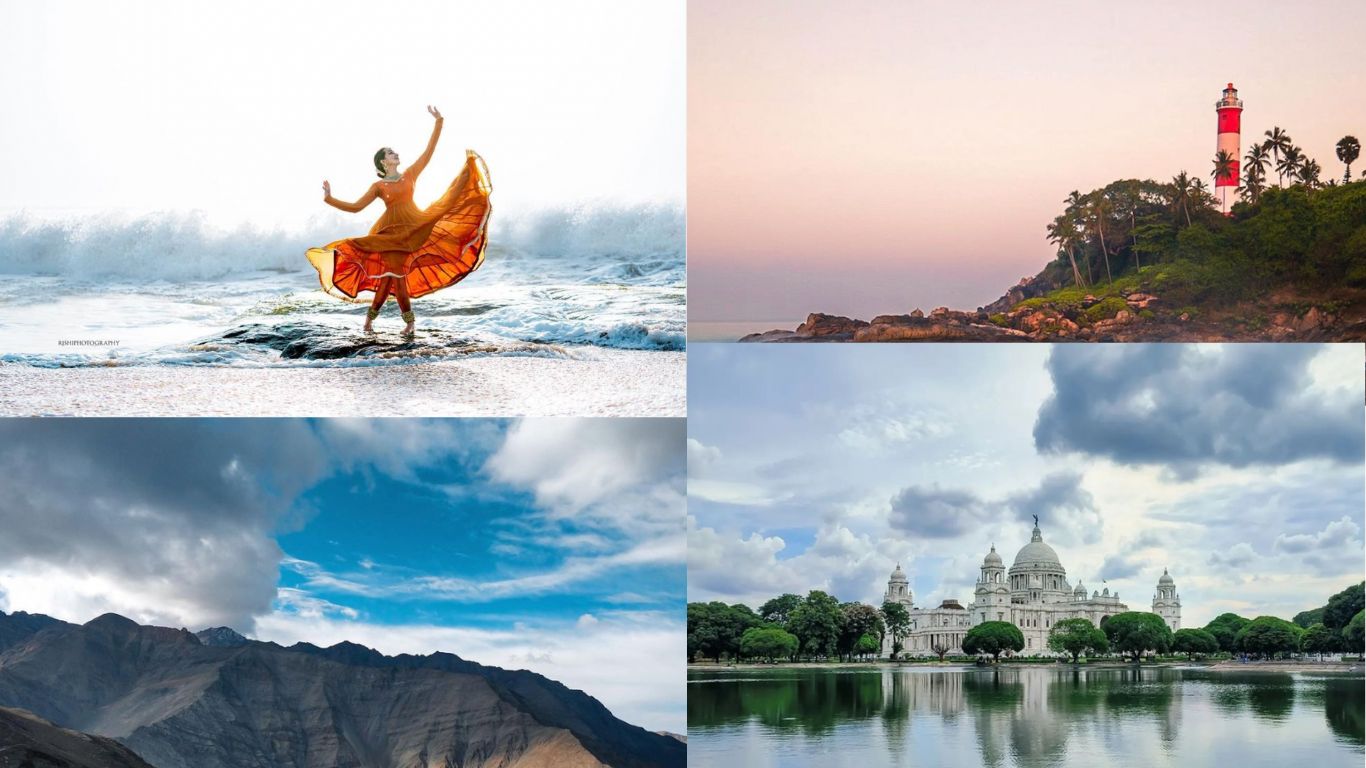
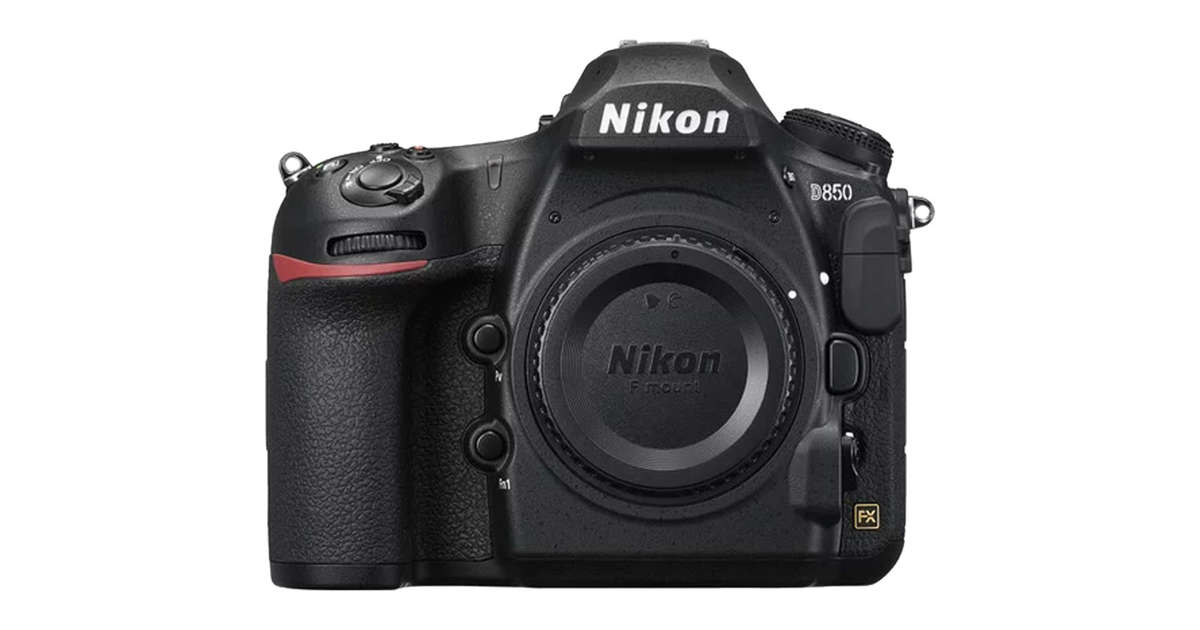

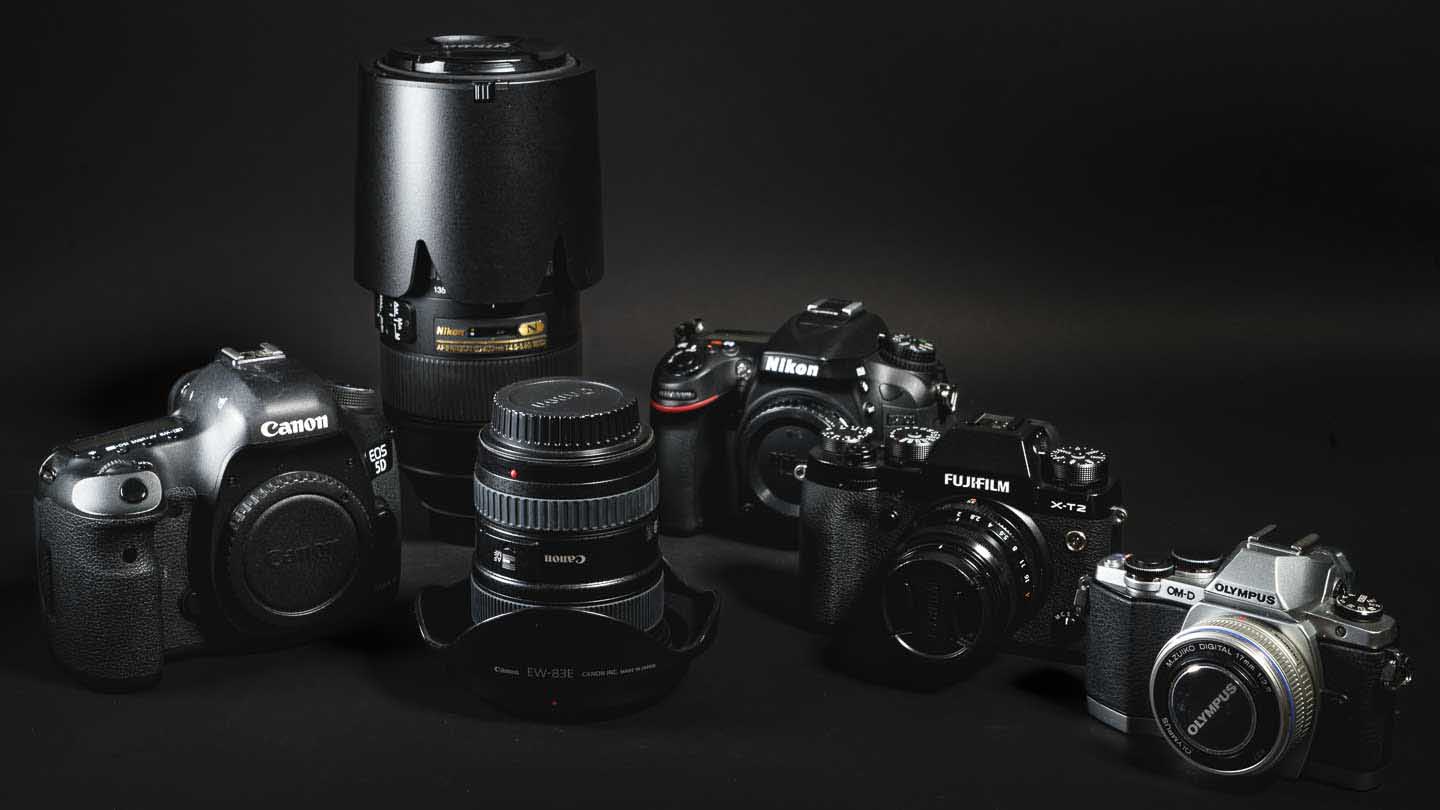
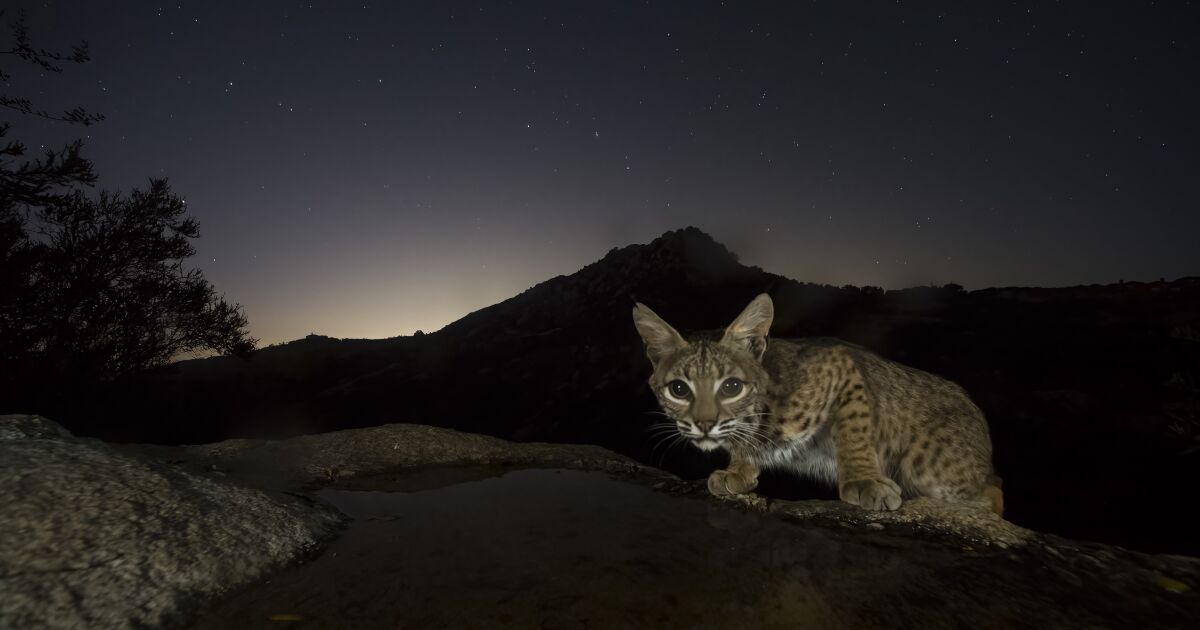
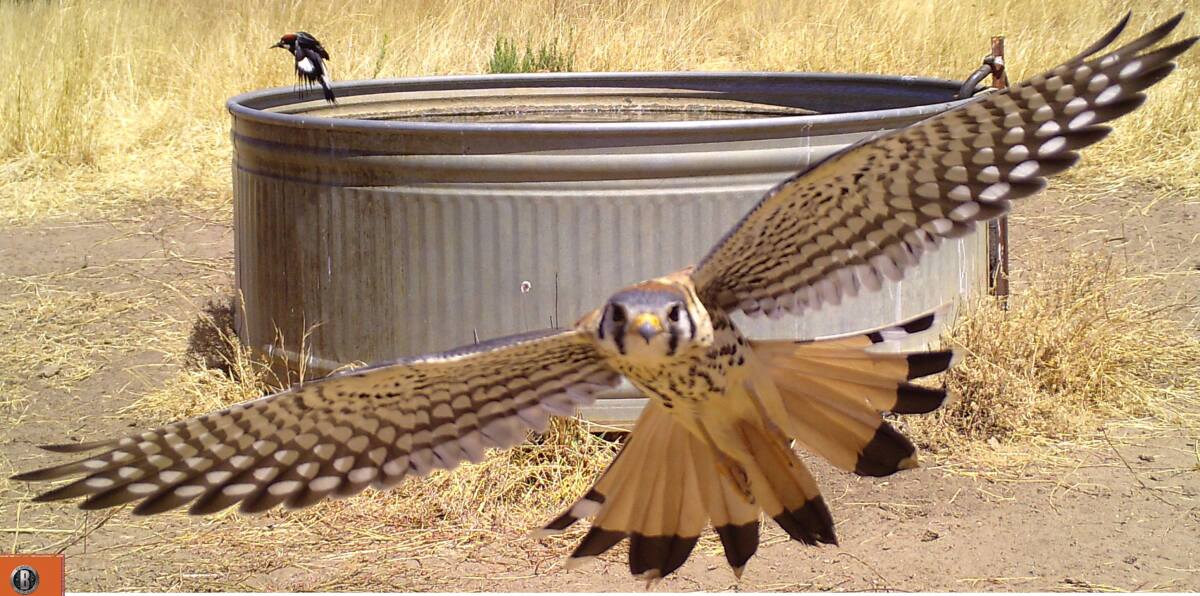

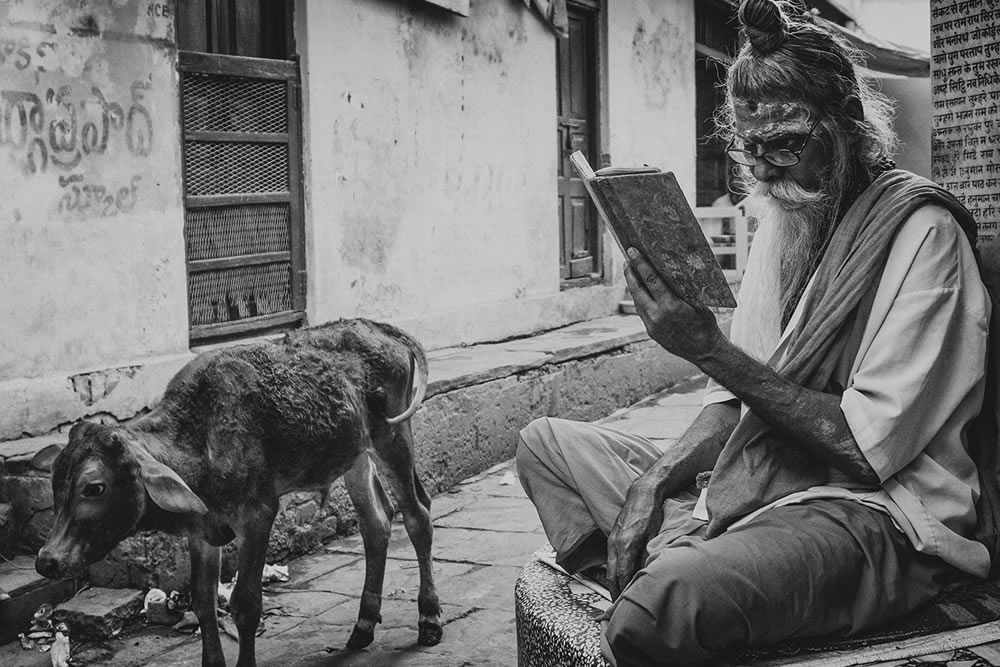
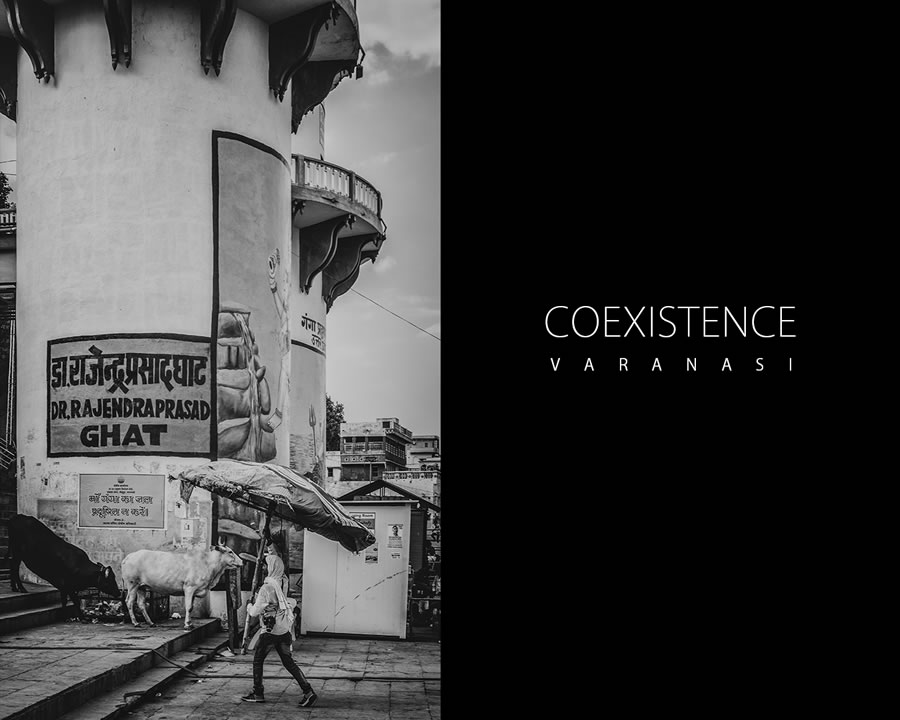
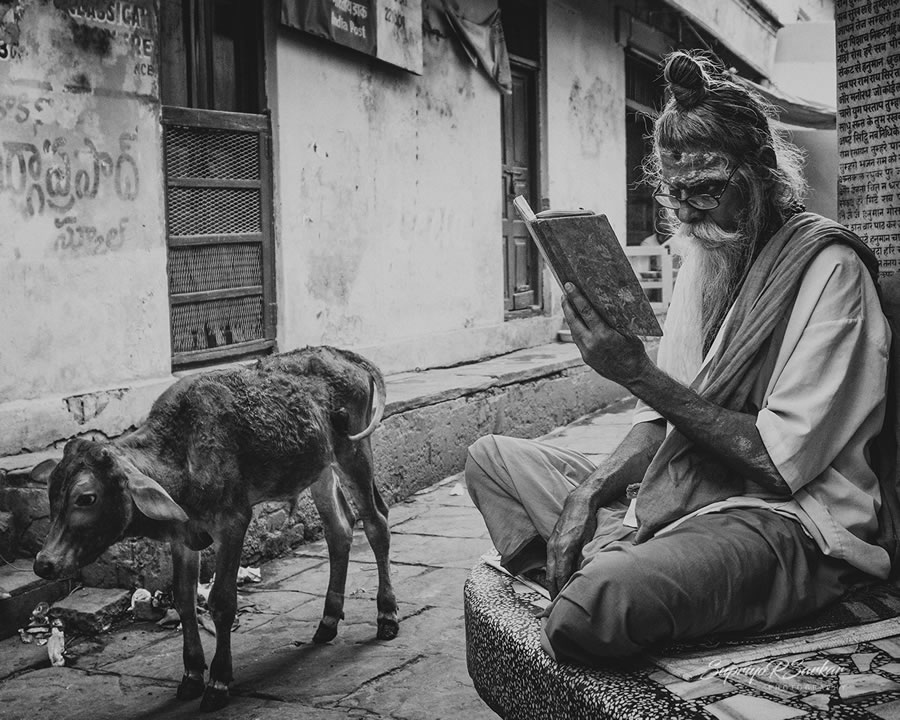
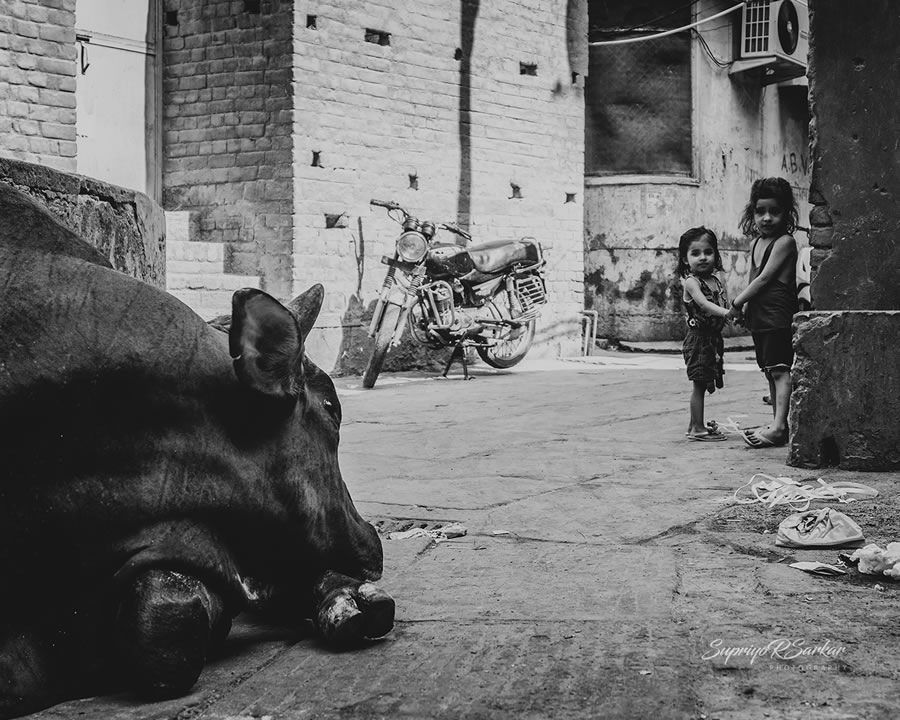
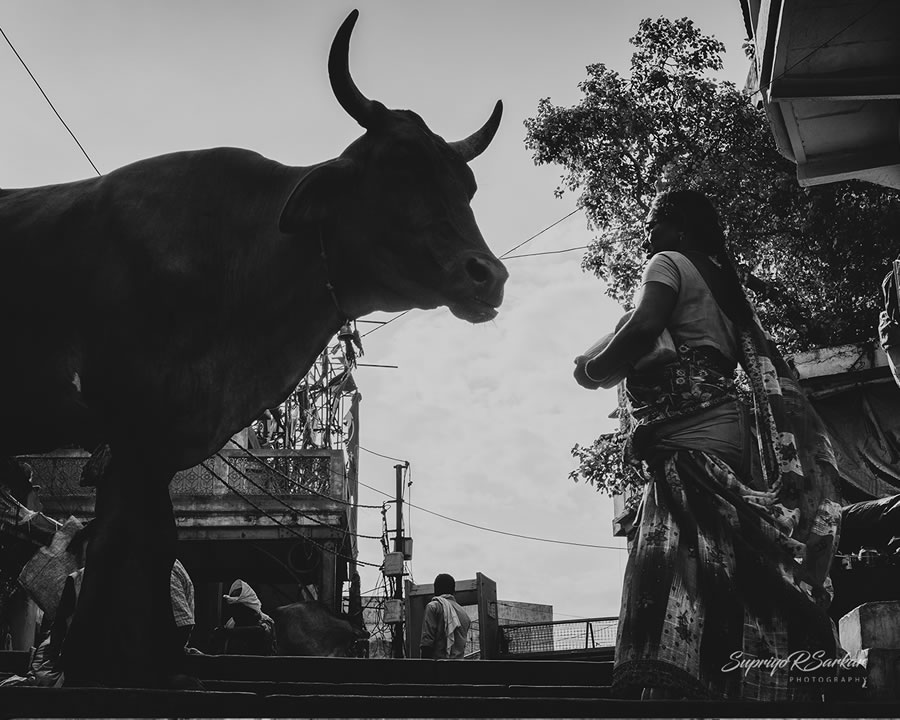
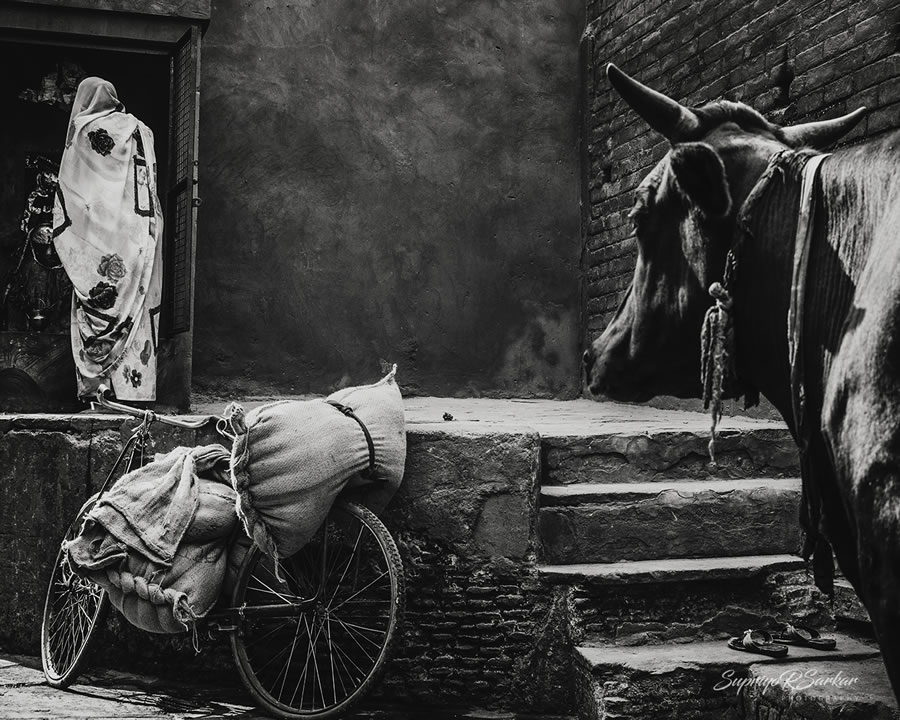
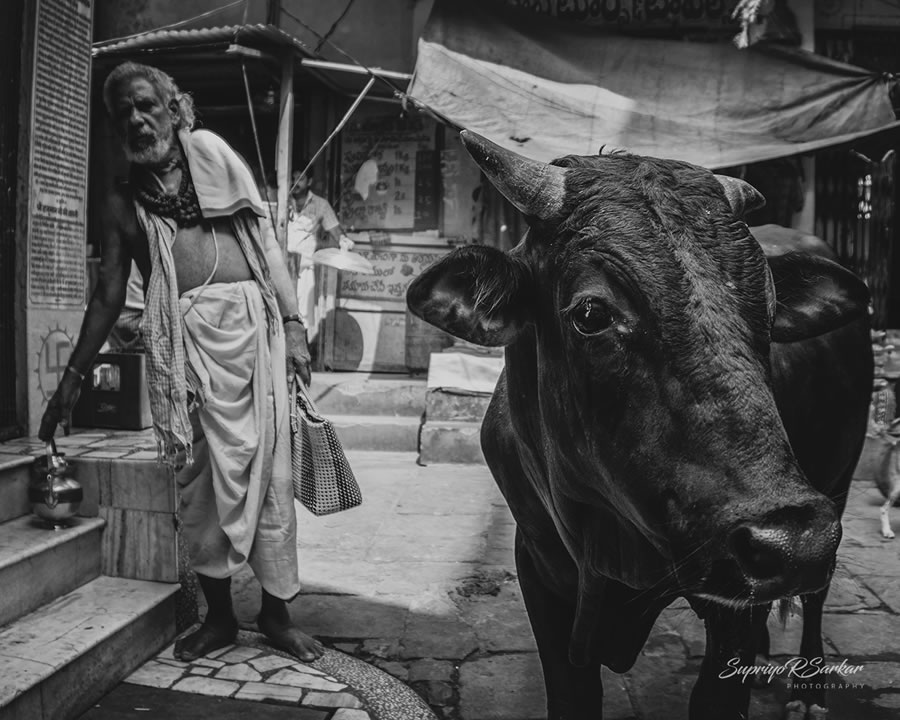
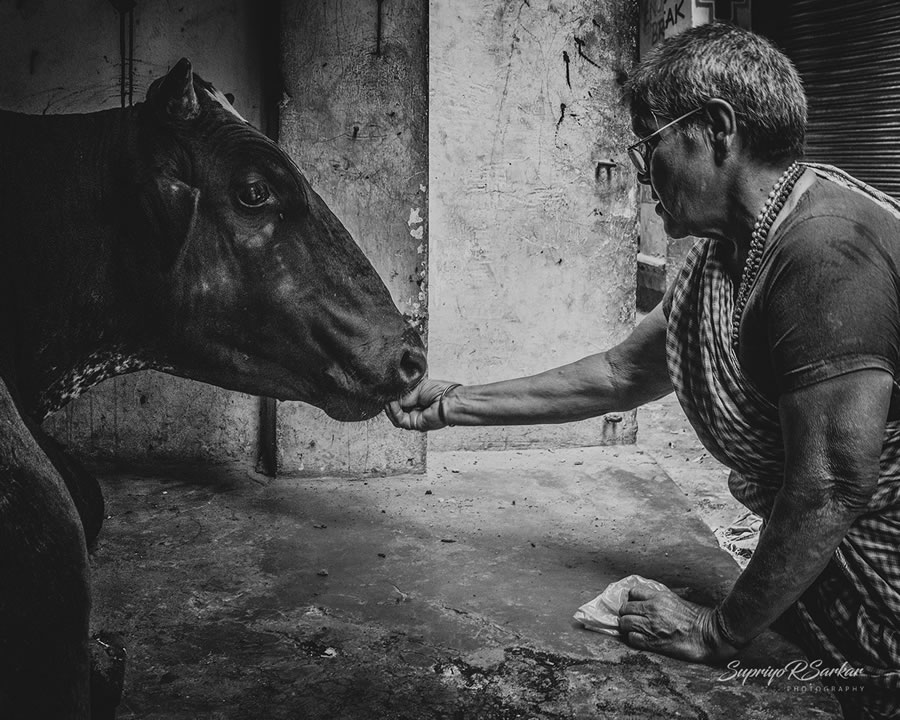
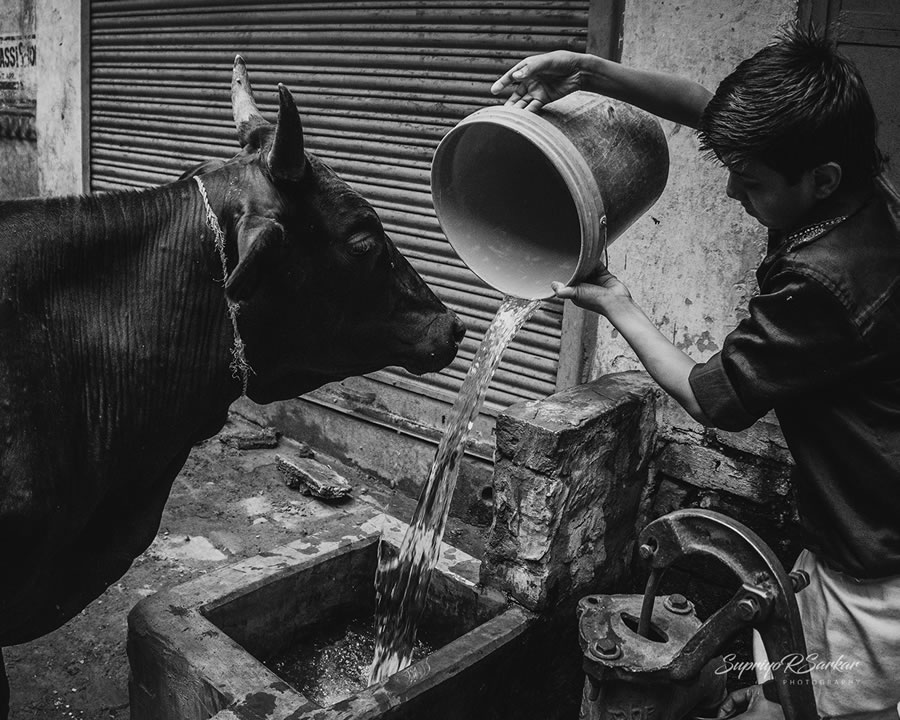
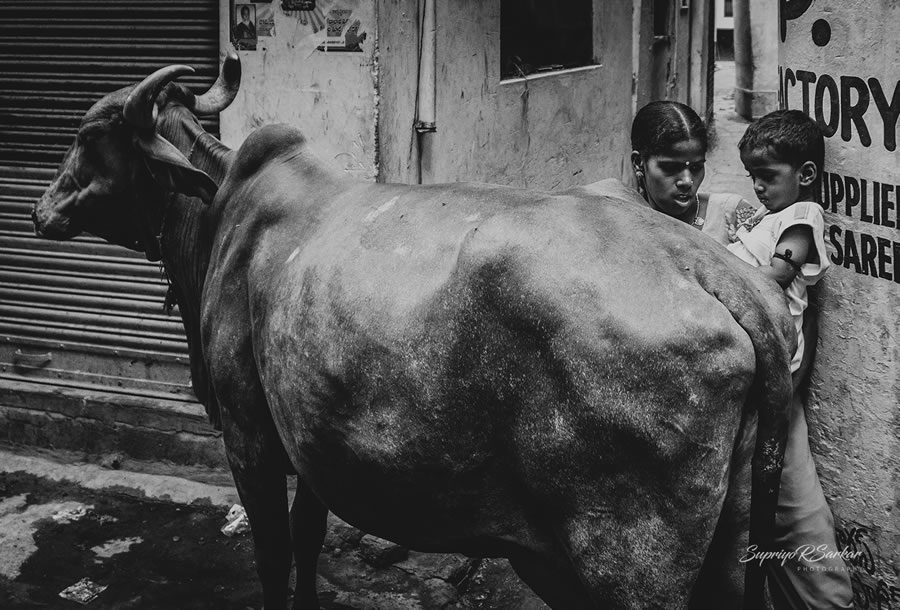
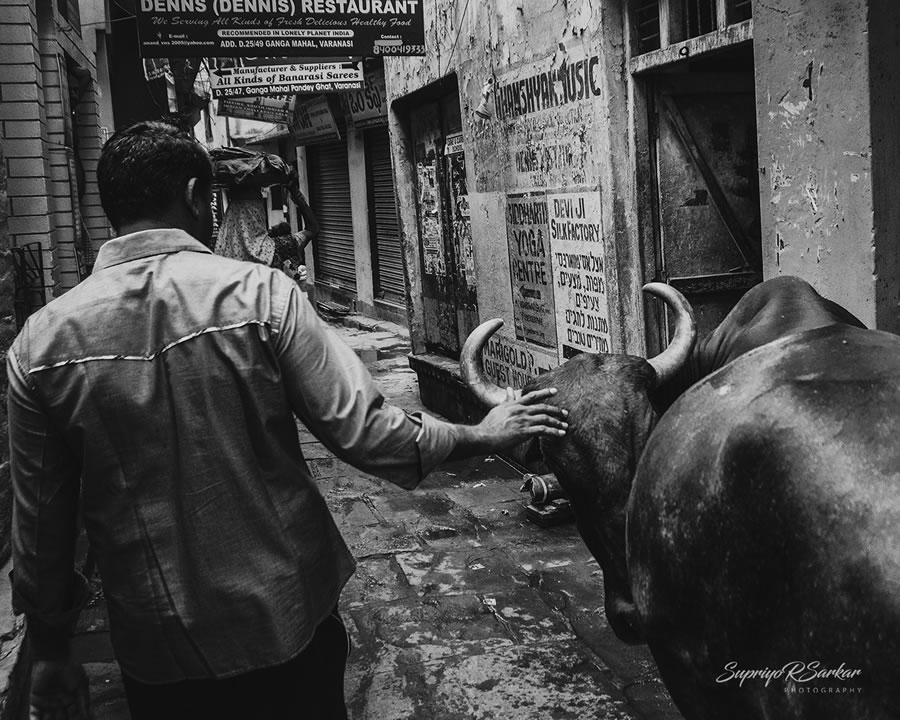
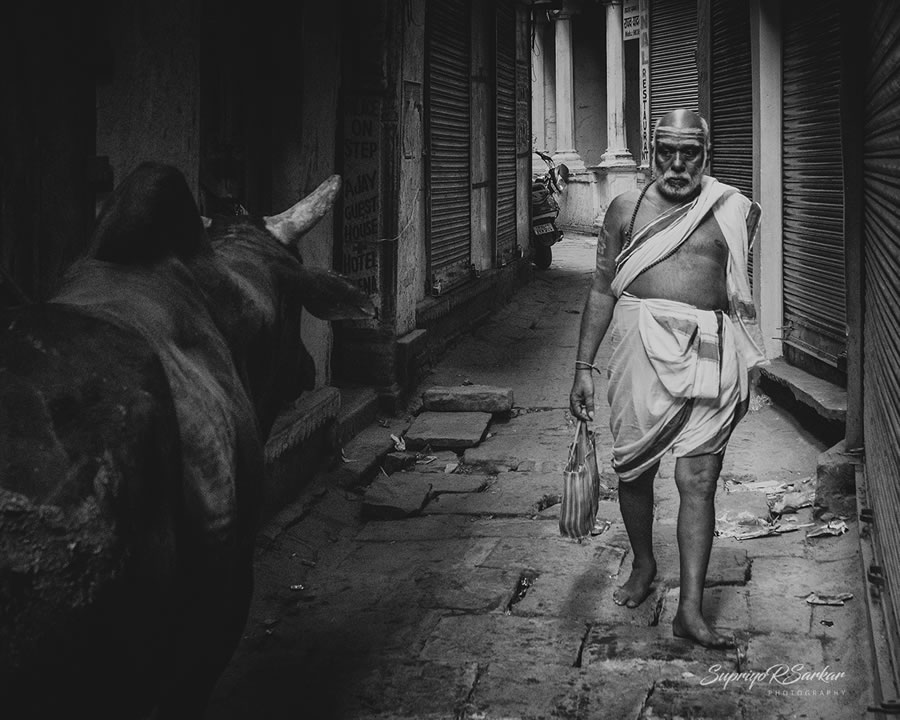
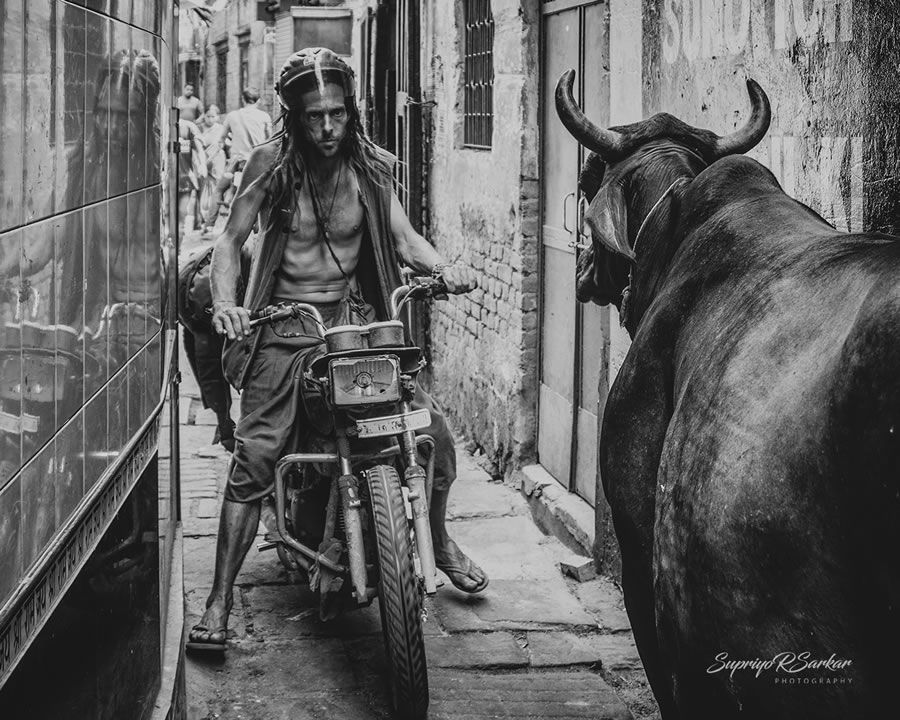
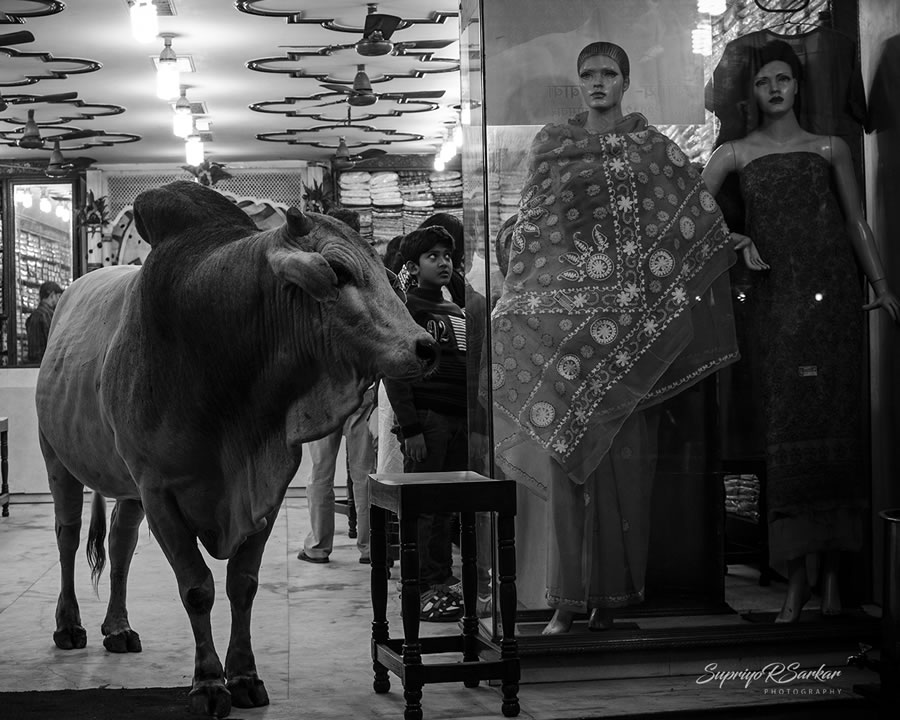
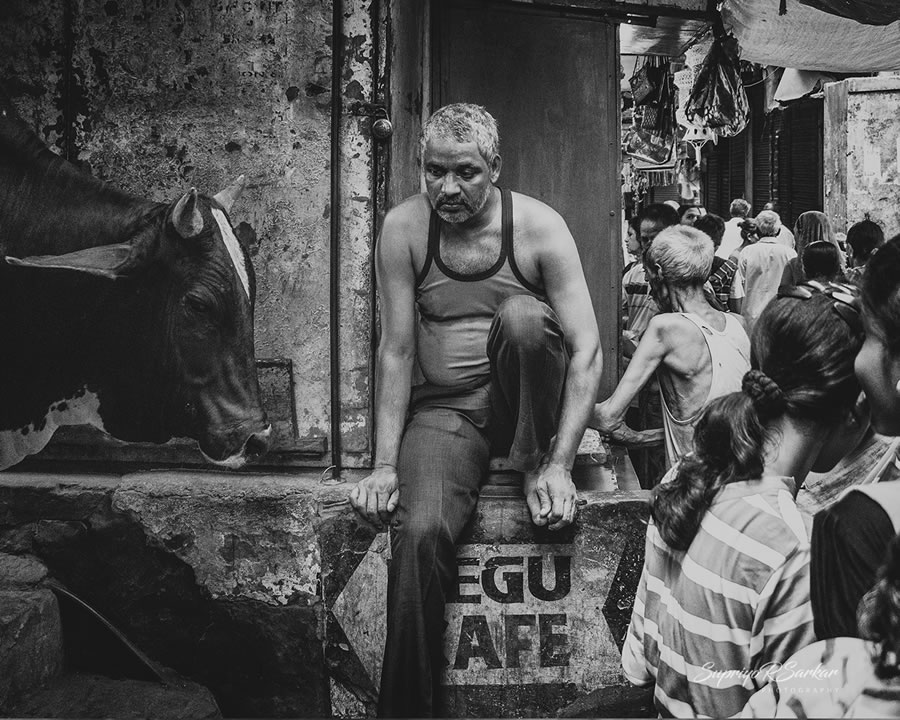
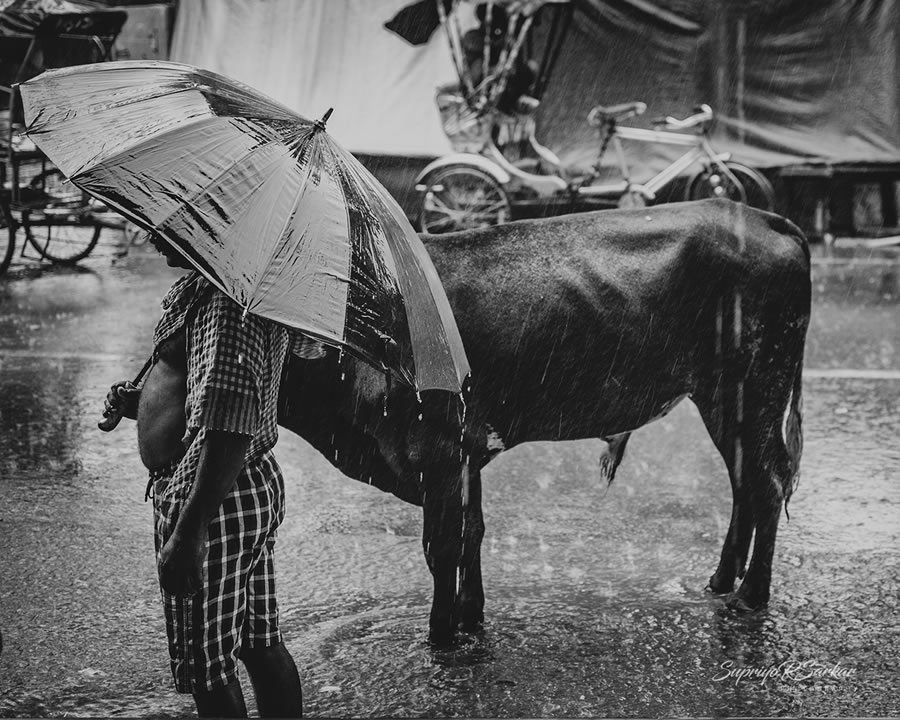
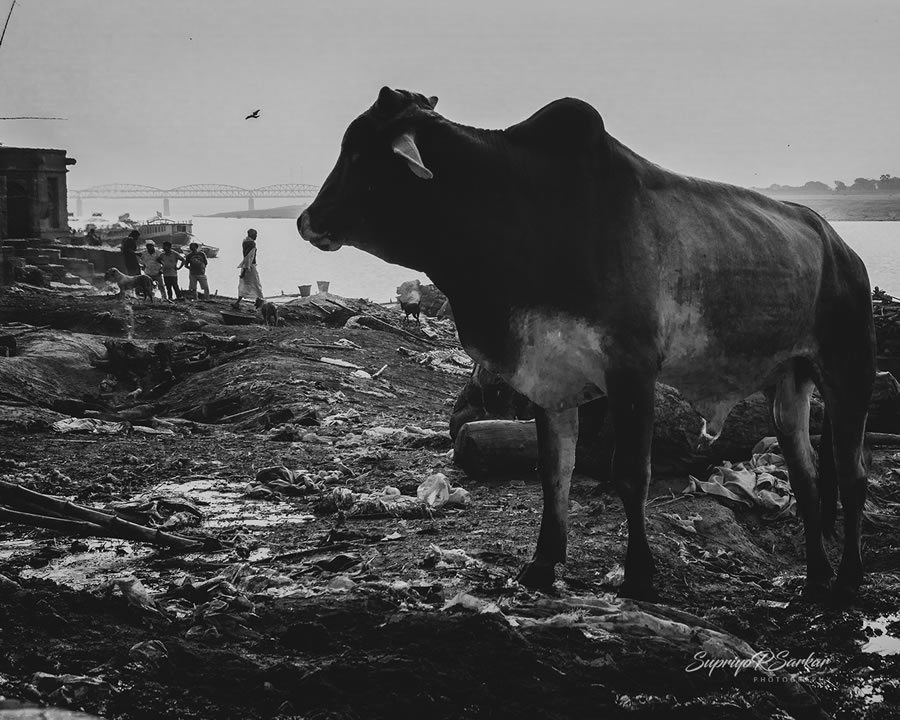
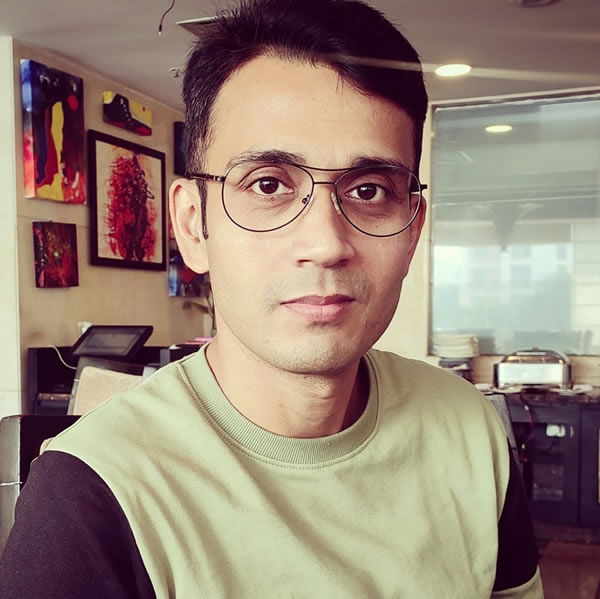
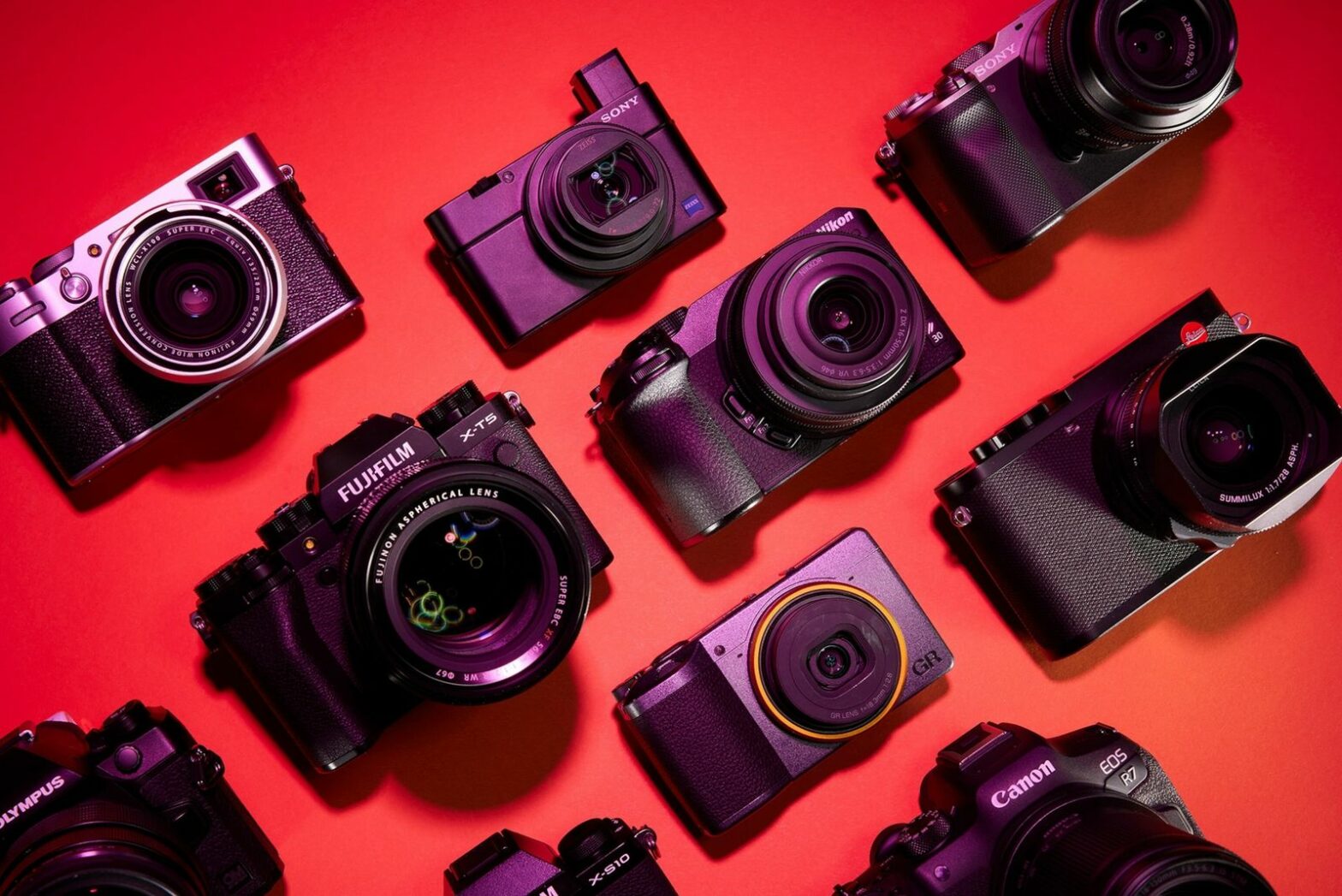
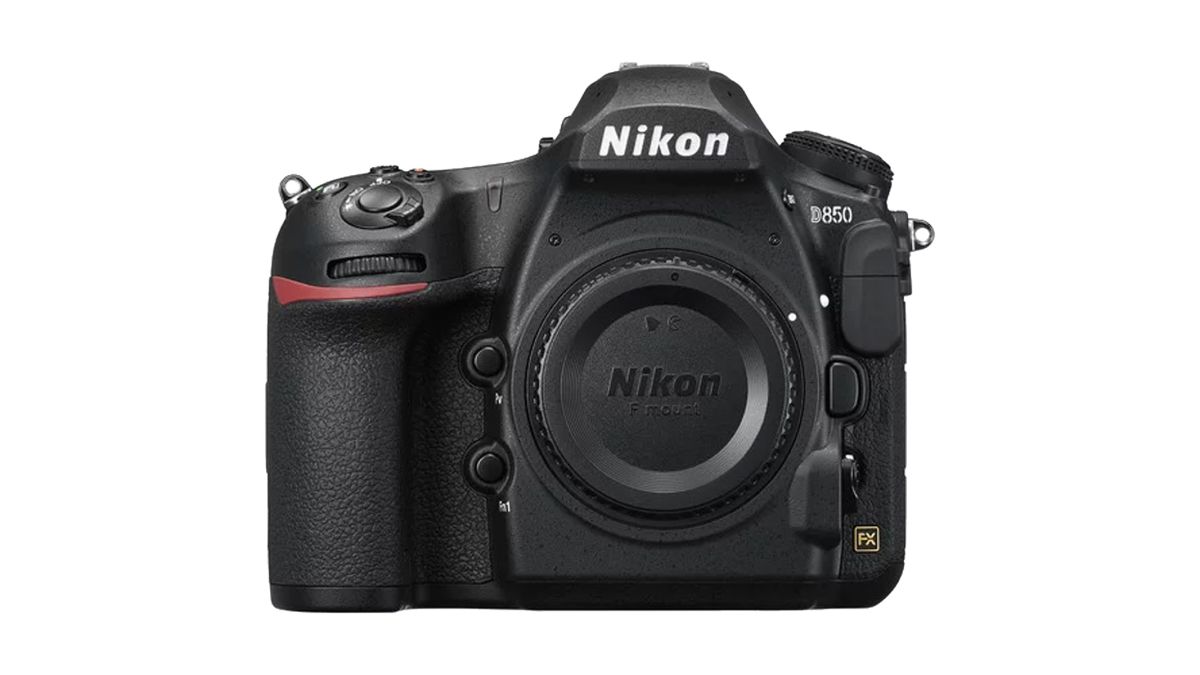
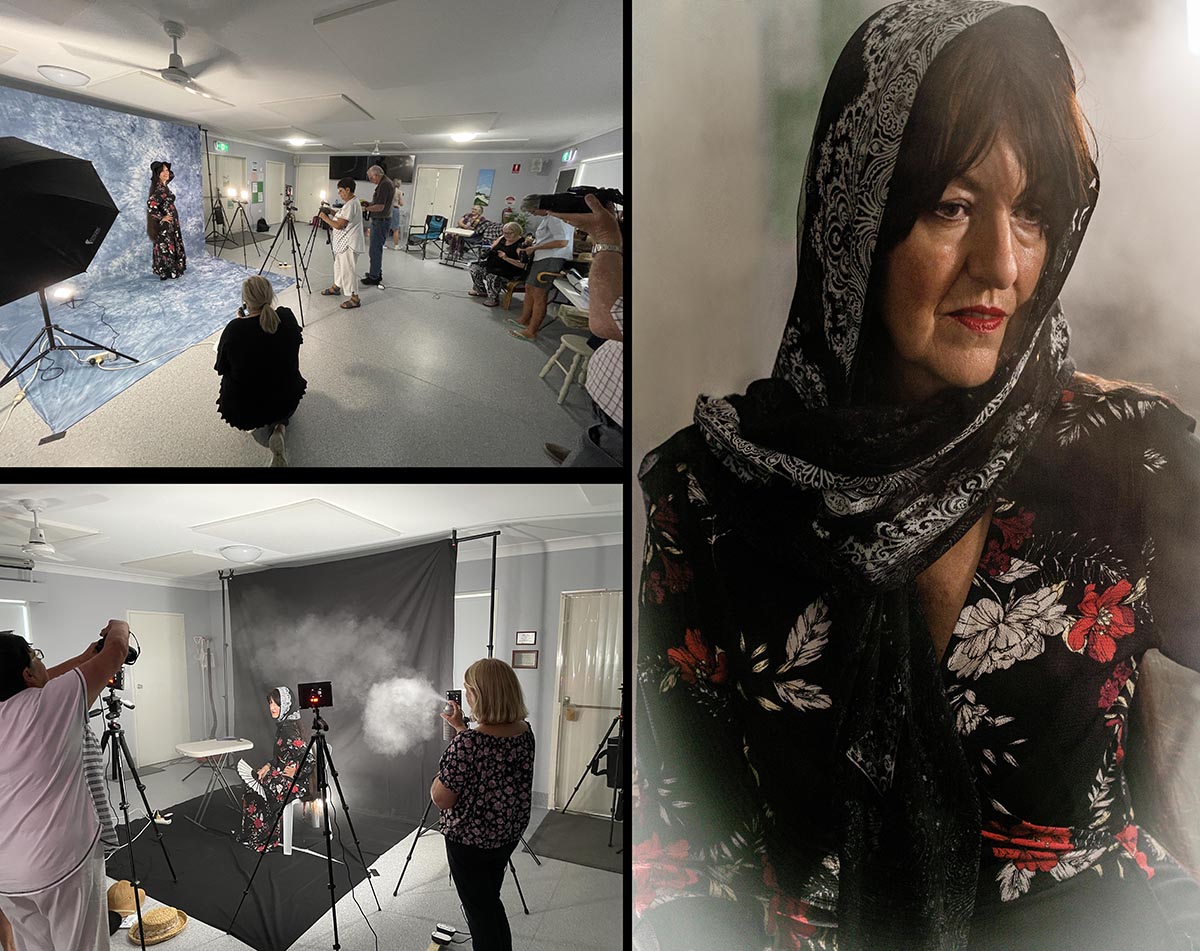
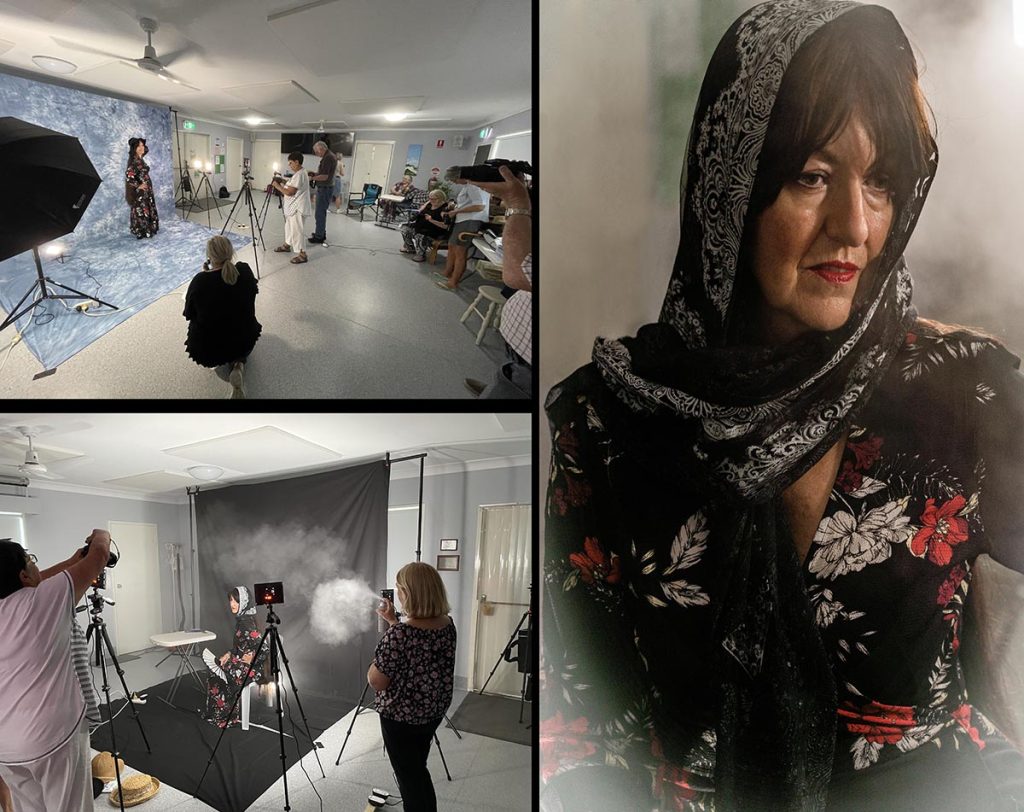
 Advertise with News of The Area today.
Advertise with News of The Area today.